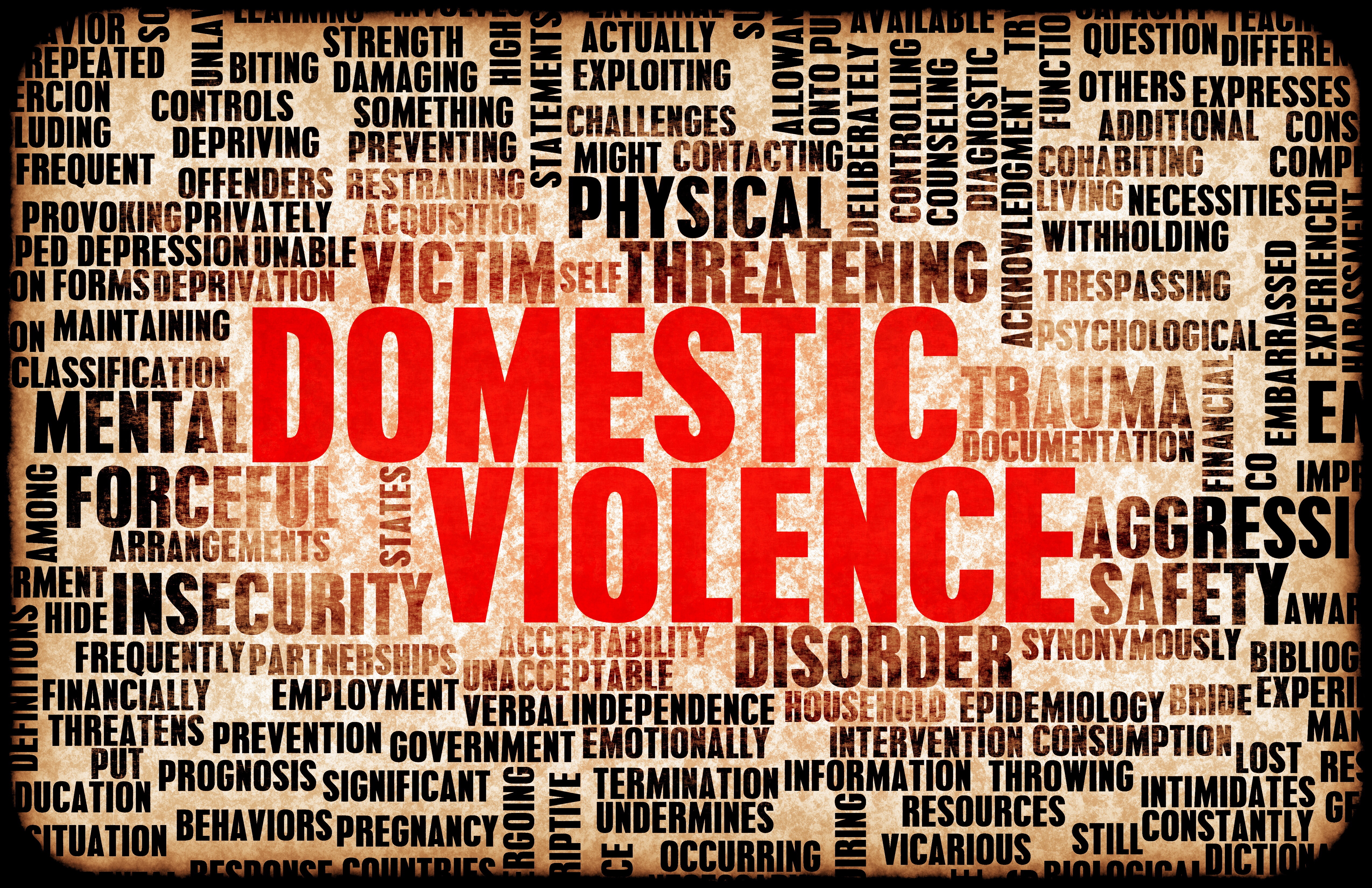Abuse & Domestic Violence:
What Parents Can Teach Their Children
Bottom line: If we ignore it, it will never go away. WHY? Because as parents, it is our responsibility to teach our kids what is acceptable behavior and what is not.
Here are the facts on domestic violence:
- 1 in 4 women will experience domestic violence during her lifetime.
- Women experience more than 4 million physical assaults by their partners (spouses, boyfriends, and dates)
- Women ages 20 to 24 are at greatest risk of becoming victims of domestic violence.
- Every year, more than 3 million children witness domestic violence in their homes.
- Adolescent survivors of child abuse can continue to suffer the effects of that abuse. Abused or neglected children are 59% more likely to be arrested for crime as a juvenile (National Institute of Justice), more likely to be diagnosed with psychiatric disorders including depression, anxiety, eating disorders, and suicidal behaviors when they become teenagers (Silverman, Reinherz, and Giaconia), and more likely to engage in substance abuse and other risky behaviors as teens.
Here’s what parents can do:
- Set clear boundaries. This means EVERYONE in the home should understand and abide by the physical and personal space of each individual. Use concrete words like “never” and “not acceptable”. For example, “It is NEVER acceptable to put your hands on someone you are having an argument or “you should ALWAYS walk away from an argument if you find yourself yelling insults” or “It is NOT ACCEPTABLE to pursue someone who says ‘I’m done talking with you’.”
- Talk. Use the current NFL news headlines to talk about domestic violence. Even with younger children, we can turn negative examples of what we see in the media into learning opportunities to discuss appropriate boundaries.
- Model. Parents should be the positive role models in the home. Children and teenagers will take behavioral cues from their parents in regard to what is acceptable behavior and what is not. As adults, we should be able to show anger and frustration without physical violence or emotional abuse. It’s okay to get angry. It’s also okay to show your children how to take a self time out, cool off, then, come back later and start the conversation with a cooler head.
- Teach respect. Domestic violence comes in many shapes. Verbal abuse is a form of domestic violence, and should not be tolerated. This starts in the home. Having and showing respect for our significant others and our children in the home will be reflected later on in life when our children grow up and begin to date and form intimate relationships. Teach your children by SHOWING them how to be respectful and caring toward the people in our home and in our community.
- Interfere. If you see your child exhibiting poor boundaries, don’t be a bystander. DO something about it. DON’T use poor boundaries however (grabbing, yelling, spanking) to discipline a child exhibiting poor boundaries. This makes no sense. Keep a cool head. Take your child aside. Calm them down and gently explain what is acceptable and what is not acceptable behavior.
If we have conversations about domestic violence and abuse, we are teaching our children basic right and wrong. If we ignore the issue, we are teaching acceptance by silence and hence abuse and violence continue without being confronted.
Pace Counseling Group is a professional counseling firm located in San Antonio, Texas. We are focused on continuously improving the quality of life for our clients and their families. We are currently accepting new clients with no wait list. Insurances accepted. Make your first appointment online by clicking here.
To learn more, visit us at Pace Counseling Group or call (210) 481-3727.
